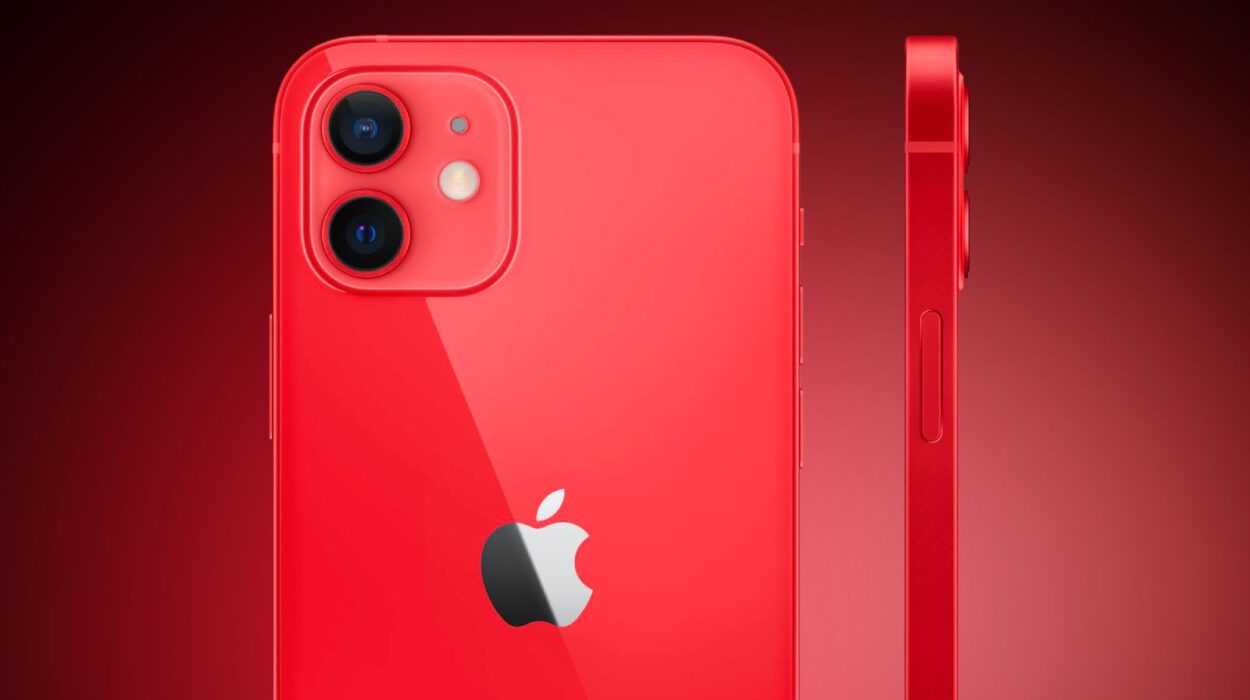Rumors abound about significant design changes coming to Apple’s upcoming iPhone 16 lineup, including a notable shift back to a vertical camera arrangement, eschewing the diagonal layout seen in recent models. Reports suggest that Apple might return to the vertical setup reminiscent of the iPhone X and 11, but this alteration isn’t merely cosmetic; it’s geared towards enhancing functionality, particularly for Spatial Video recording.
Presently, the iPhone 15 Pro and Pro Max boast the capability to record Spatial Video, a format that captures depth information for immersive viewing in compatible headsets like the Apple Vision Pro. This feature necessitates vertically aligned cameras, a configuration present in the Pro models with their triple-camera setup but absent in the iPhone 15 and 15 Plus. By reintroducing the vertical layout for the base iPhone 16 and 16 Plus, Apple could potentially democratize the availability of Spatial Video recording, making it accessible to a broader audience.
Beyond Spatial Video, the vertical layout offers additional advantages. It could facilitate larger sensors, leading to improved low-light performance and sharper images. Furthermore, it may create room for additional camera modules, setting the stage for future camera enhancements in the non-Pro models.
While the final design remains unconfirmed, leaked schematics and renders strongly indicate a return to the vertical camera layout for the iPhone 16 and 16 Plus. Should this change be confirmed, the vertical camera placement could substantially elevate the camera capabilities of these models and open the door to exciting new features like Spatial Video.
In addition to the revised camera arrangement, the iPhone 16 is expected to introduce other significant innovations. Reports suggest that the lineup will feature a new “Capture Button,” a mechanical yet touch-sensitive button located on the right side of the phone. This button aims to enhance the photography experience by allowing users to zoom, focus, and capture photos more intuitively. Moreover, all models of the iPhone 16 will inherit the Action Button from the iPhone 15 Pro models, offering customizable functions such as activating the flashlight or launching the camera.
Aligned with the design changes, the iPhone 16 series is rumored to incorporate larger screens for the Pro models, with the Pro increasing from 6.1 inches to 6.3 inches and the Pro Max from 6.7 inches to 6.9 inches. While the base models will adopt vertical cameras, the Pro models are anticipated to feature enhanced camera technology, including a 48-megapixel Ultra Wide lens and potentially a “super telephoto” periscope camera, improving low-light photography and optical zoom capabilities.
The lineup will debut new A-series chips manufactured on the latest N3E 3-nanometer node, promising enhanced efficiency and performance, along with potential RAM upgrades for the standard models.
The iPhone 16 series is slated for a September 2024 release, with production reportedly commencing as early as June. While pricing specifics remain uncertain, mounting production costs could translate to higher retail prices across the board, with estimates suggesting that the iPhone 16 might start at over $799 and the iPhone 16 Pro Max at more than $1,199.

